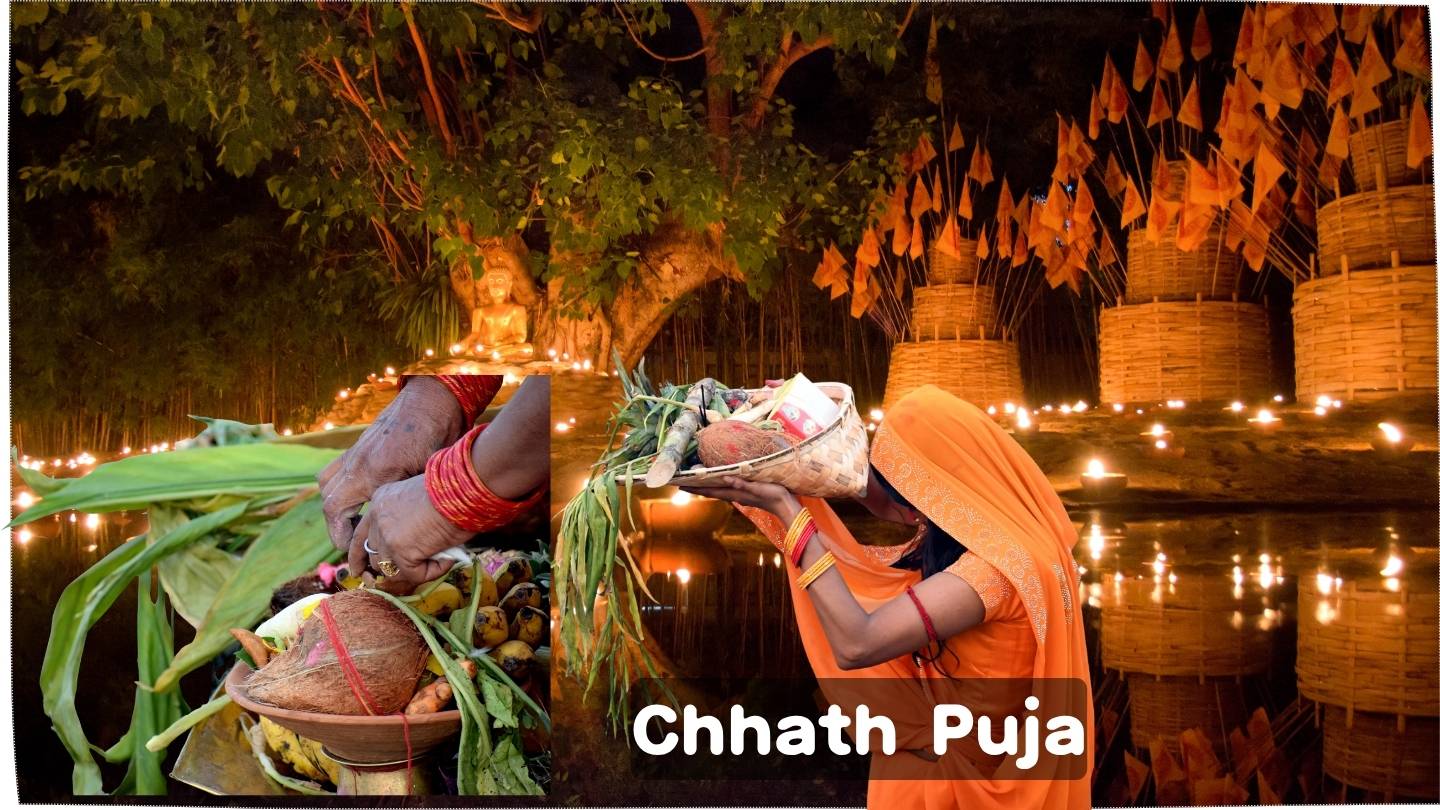
Chhath Festival: Start, Rituals, and Cultural Meaning
The great festival of Chhath began on Saturday, 10th Kartik 2082, with worship of the venerated Sun and Shashthi, described as the mind-born daughter of Brahma. Chhathi is also revered as the consort of Kartik, son of Shiva. This four-day observance opened with the “Naha Kha” (bathe and eat) rite.
On KÄrtik 10, Monday (Shashthi), offerings are made to the setting sun in the evening. On Tuesday (Saptami), offerings are made to the rising sun to conclude the festival. The festival is recognized as a national festival, and a public holiday is granted every year.
A Festival Growing Nationwide
Once centered mainly in the Tarai, Chhath is now celebrated with enthusiasm in the federal capital Kathmandu and other major cities. Its popularity has been rising in the hills and Himalayan regions as well.
Cultural expert Dr. Govinda Tandon notes that the festival has strengthened social harmony, unity, and religious tolerance. He says all Nepalis now feel a sense of national importance and pride in Chhath. According to him, relations between the Tarai and the hills have become more harmonious, the view that it is only a Tarai festival has shifted, and it is developing as a national festival that promotes national feeling.
He adds that the festival, observed by hill and Madhesi communities alike—by rich and poor, women and men—has reinforced social harmony and religious tolerance. He emphasizes that the state should remove distortions within festivals and give each culture space to flourish.
Ritual Sequence (Vrat Vidhi)
Day 1 — “Naha Kha” (Bathe and Eat)
As explained by vrata-observer Madhavi Kayastha, devotees bathe, meditate, and partake of rice prepared from aruwa rice, rahar dal, and bottle gourd curry. From KÄrtik Shukla Chaturthi (the first day of worship), special purity is observed.
Foods avoided from this day: garlic, onion, masur dal, and kodo (millet).
Day 2 — “Kharna”
On Panchami, devotees fast throughout the day. After sighting the moon in the evening, they cook kheer from sugar, milk, and rice on a new earthen stove and in new earthen pots. The kheer is placed on a banana leaf, offered to Chhathi Mata, and then taken as prasÄd by the devotee and family members. Homes in the neighborhood where Chhathi is not performed also receive this kheer as prasÄd.
Day 3 — Shashthi (“Sanjhiya Ghat”)
Shashthi is considered the principal day. From early morning, devotees prepare thekua, kasar, and other items fried in oil or ghee. The prepared offerings—five kinds of sweets, sugarcane, ginger, coconut, radish, suthni, betel nut, clove, cardamom, and more—are arranged in bamboo baskets, nanglo, and sipuli. With pure water and cow’s milk, families proceed to a nearby water body and present arghya to the setting sun before returning home.
Some devotees keep vigil at the worship site through the night. According to vows, clay images of various deities are fashioned and specially worshipped; this is called “Kosiya.”
Day 4 — Saptami Morning
On the following morning (Saptami), devotees offer arghya to the rising sun. With this, the festival’s sacred journey concludes.
PaurÄá¹ik Accounts
According to Sanskrit scholar Dr. Ramdayal Rakesh, there are several legends and traditions about the origin of Chhath:
-
In Satya Yuga, Sukanya, the virtuous daughter of King Sarayati, is said to have first worshipped Chhathi.
-
Draupadi observed Chhathi for the success of the Pandavas during their incognito exile.
-
The Surya PurÄá¹a mentions that Sati Anusuya, the devoted wife of Atri Muni, worshipped Chhathi.
-
The Samba PurÄá¹a recounts that Samba, son of Shri Krishna, was cured of leprosy through devoted worship of the Sun.
-
The poet Mayur Bhatta is also linked to this worship; through devotion to the Sun, he is said to have regained a healthy and beautiful form.


